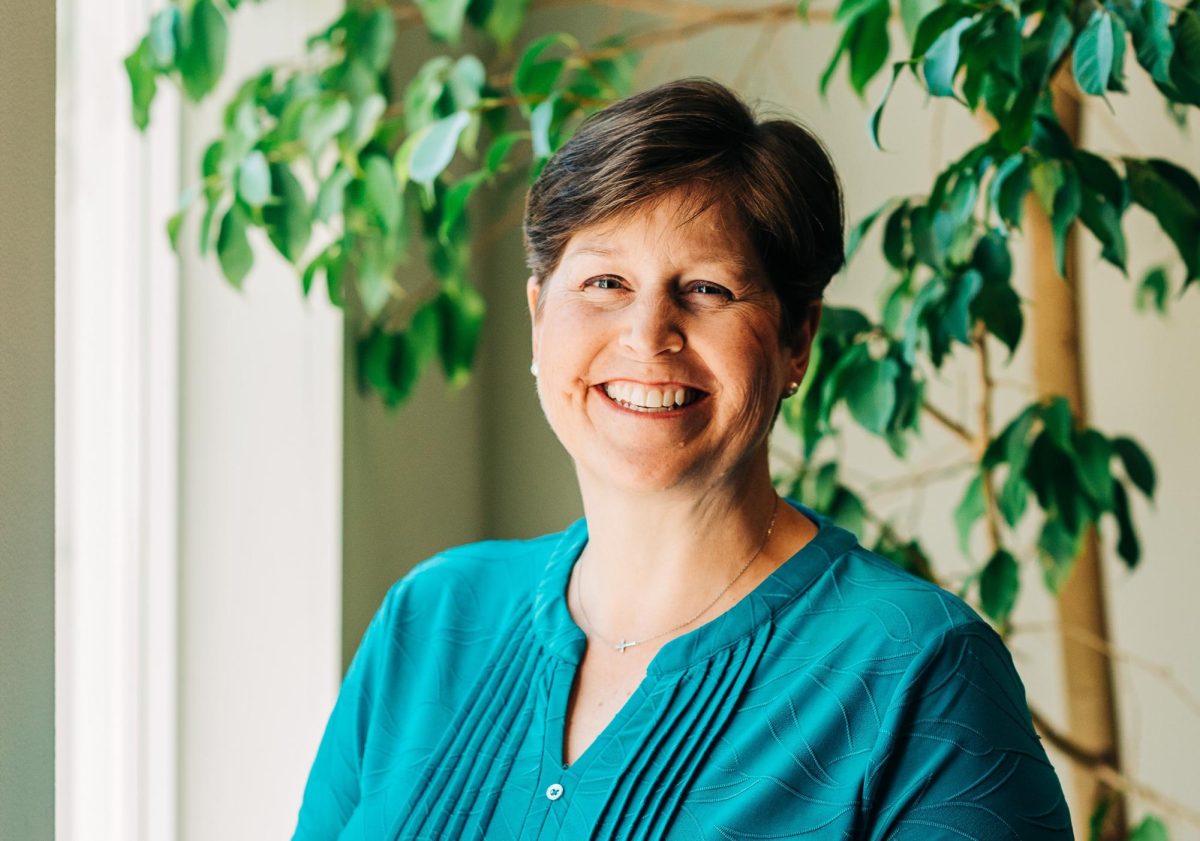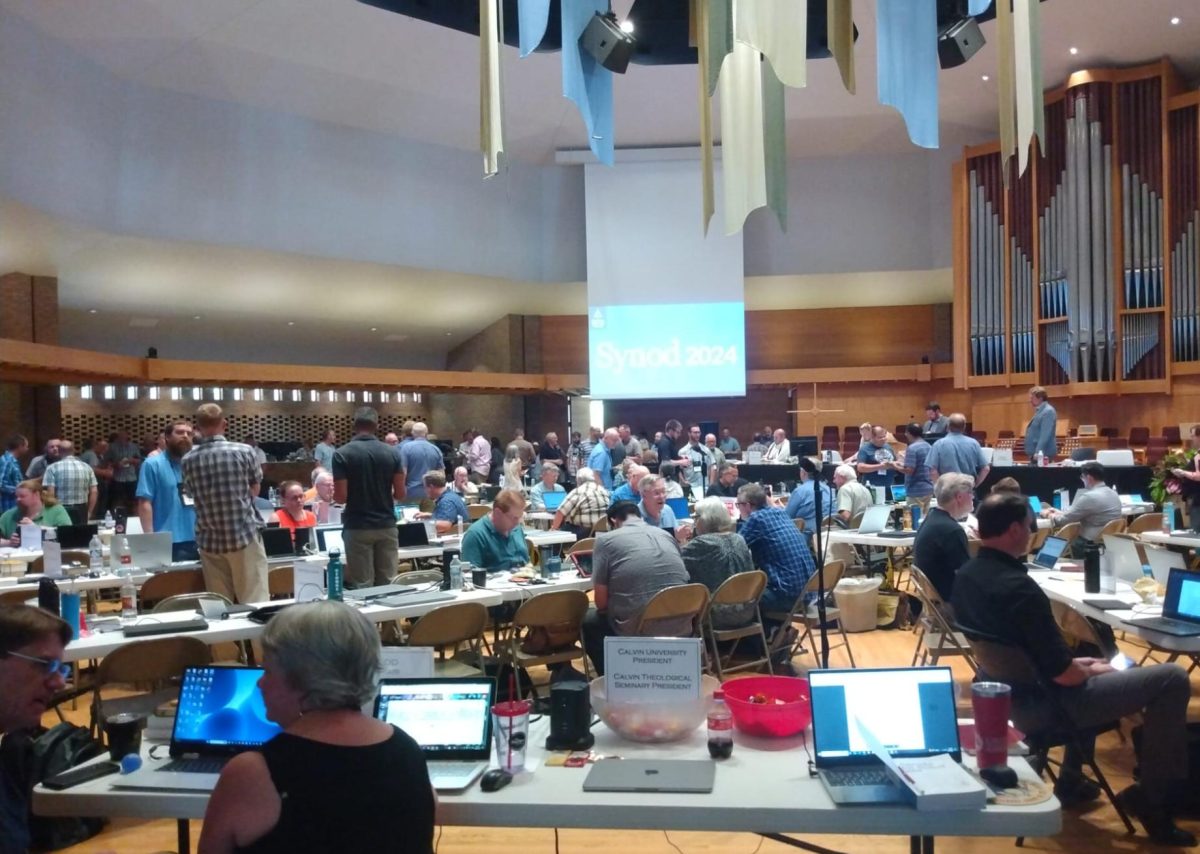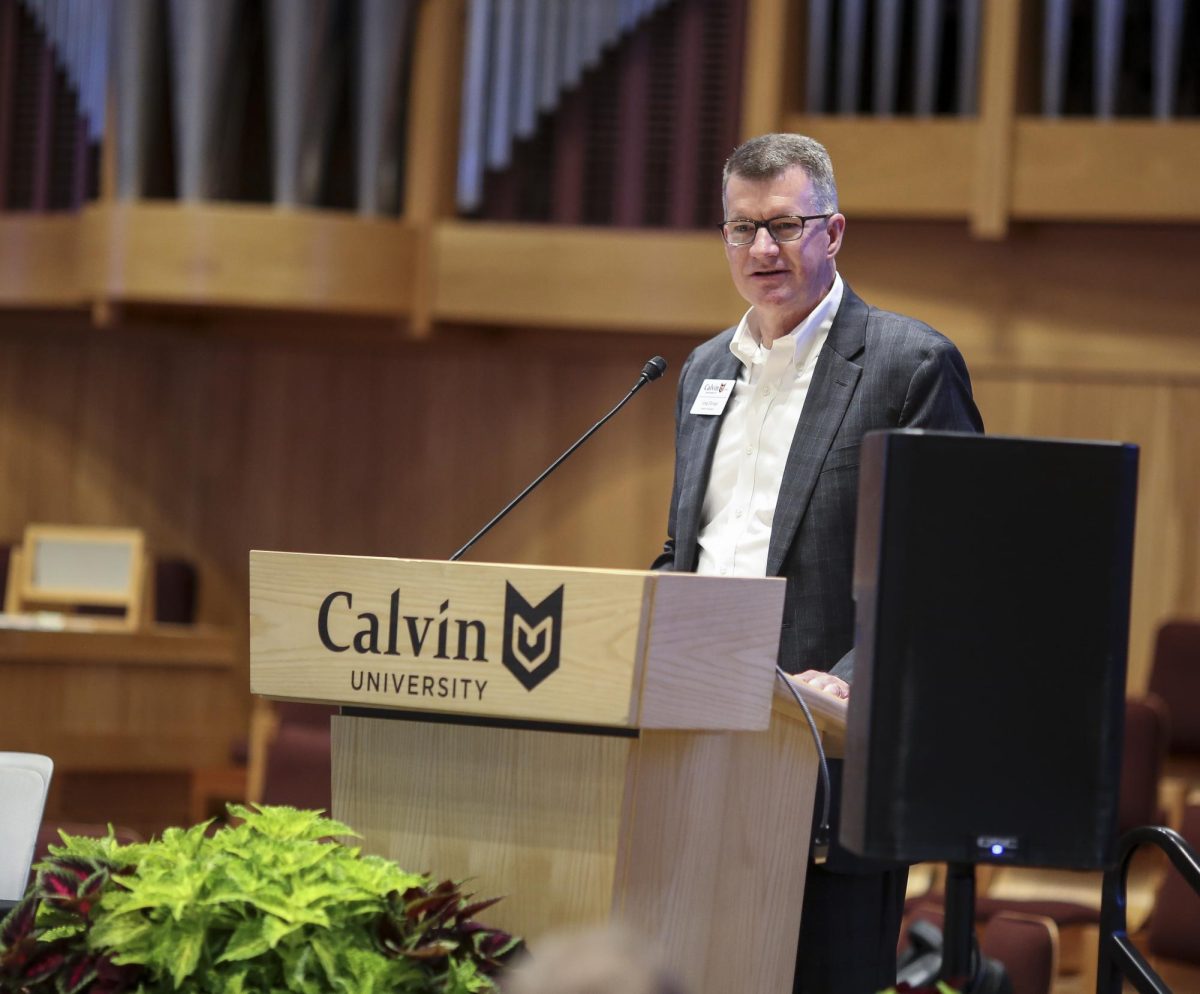Within Catholic, Anglican, Methodist and some Reformed circles among other denominations, churches sometimes follow what is called the “Christian Year,” or a liturgical calendar which guides congregations through certain seasons of worship that correspond with the life of Christ. Currently, the church calendar is in the season of Epiphany, which runs from January 6 — the day families or churches celebrate the arrival of the wise men — until the Sunday before Ash Wednesday. Ash Wednesday (this year it falls on February 14) begins the season of Lent, which moves a church’s focus towards a time of repentance and preparation for Good Friday and Easter Sunday.
Karin Maag is the director of the Meeter Center for Calvin Studies, a special collection in the library that curates scholarly work on John Calvin. The Meeter Center is one of the world’s most extensive collections on Calvin and the Reformation. Chimes was able to have a conversation with Maag on the history of the liturgical calendar and how people unfamiliar with the liturgical calendar can incorporate it into their lives.
This interview has been edited for clarity.
Chimes: If you had to explain the liturgical calendar to someone who doesn’t come from Reformed traditions or isn’t familiar with church life at all, how would you explain it?
Maag: We operate in a calendar year of 12 months, right? But even in our own ordinary lives, we have these moments that punctuate that time, that help us understand that cycle. Every year you have a birthday. Every year, maybe your family has a special celebration on the Fourth of July or something like that.
The liturgical calendar operates exactly the same way. It gives us reference points in a calendar year, but its markers have to do with the life of faith and the life of Jesus. So we’ve got Christmas: his birth. We’ve got his death and resurrection, that would be Easter. We’ve got Ascension day. We’ve got Pentecost, or the coming of the Holy Spirit. There are these specific days that mark time, and then what the church has done is also designate larger chunks of time to be seasons of reflection on certain things.
So, one that most people know is Advent, and Advent means coming. It’s the time of waiting and preparing your hearts for the coming of Jesus. Lent, or the 40 days before Easter, is a time of recollection and meditation on the sufferings of Christ. So the liturgical calendar helps people orient their minds to sacred time.
Chimes: Where does this come from historically? How does it change with the Reformation and the development of new denominations?
Maag: That’s a very good question –– and it is confusing, right? Because it’s not like Jesus dies and his disciples immediately say, “Hey, today we’re setting up the liturgical calendar.” It was a process, and in fact, there was disagreement in the early church around the calendar.
For example, when is Easter? Easter moves around the calendar, right? It’s really weird; you have to think, which Sunday is it now? Somewhere between March and April…who knows? It’s a really complicated calculation, and the early church did not agree on this…. Christmas is the same way. If you ask a lot of Biblical scholars today, they will say Jesus was probably born in the spring. So why is Christmas in December? That’s kind of odd. It took some time to figure out, and the church, I think, deliberately put it at a time when there were festivals connected with the winter solstice, particularly in Northern Europe. It’s almost like they were trying to find a way to mark time as sacred but also to offer Christianity as a viable alternative to a pagan worship system.
It’s not straightforward. And then at the Reformation, things get even more complicated because the liturgical calendar had gotten fuller and fuller to include markers for not just the life of Jesus, but also the life of the Virgin Mary and the life of the Saints. So the Reformation church said, “Whoa! There’s way too much here and a lot of this has no Biblical warrant, so we’re going to cut it back.” Calvin and the Swiss Reformed were the most restrictive. The Puritans also went the same way because they felt that people were into the feasting and celebrating, but not so much the devotional aspects of the season.
But the church seasons create this sense of anticipation, building up to Christmas and Easter, taking seriously the connection between our time and God’s time.
Chimes: If you were a student who didn’t grow up in a denomination that used the liturgical calendar, how could you still engage with it and learn to incorporate it into times and seasons?
Maag: So I’m now in my 50s, and I grew up as a reformed Protestant –– and obviously, we had Christmas, we had Easter, but we really didn’t do, like, Ash Wednesday, for instance. That was thought of as a very Catholic thing. More and more, though, reformed Protestants have come to acknowledge and take to heart the importance of these time markings of the liturgical calendar.
If you’ve never grown up with it before, some good ways to take note of the calendar is to go to chapel. The chapel committee actually changes the banners in the chapel based on what season of the year it is. They also do Ash Wednesday service, which is actually one of the most moving things I’ve been to. There’s something about having everybody come forward –– they could be students, they could be professors, they could be president of the university and they all get ashes put on their head.
For me, the liturgical calendar helps me not to think of time as flat. Sometimes we think, ‘Well, here we go, we’re in the next part of the year, that’s fine.” But the church seasons create this sense of anticipation, building up to Christmas and Easter, taking seriously the connection between our time and God’s time. It helps us remember, it helps us deepen our faith, and I think that’s really vital.
A correction was made on Jan. 30 to the photo caption. It originally stated that the chapel committee is responsible for changing the chapel banners, but Woodlawn Christian Reformed Church members, along with some help from Campus Events staff, are the ones who change the banners. The caption has been updated, and we apologize for this error.








